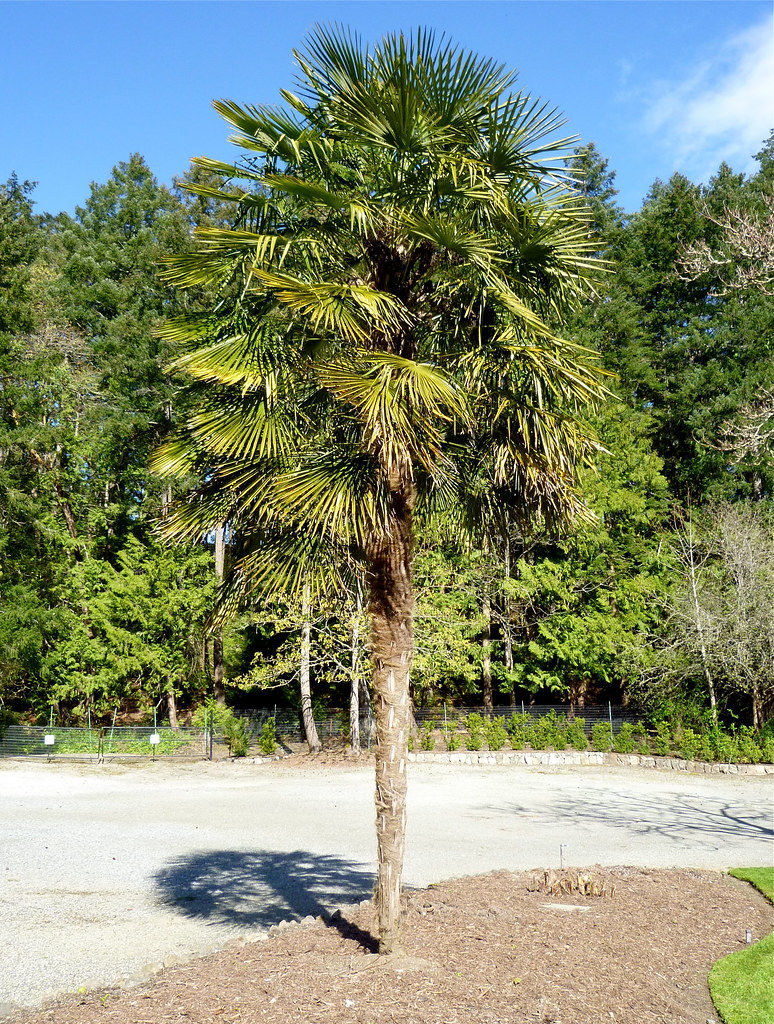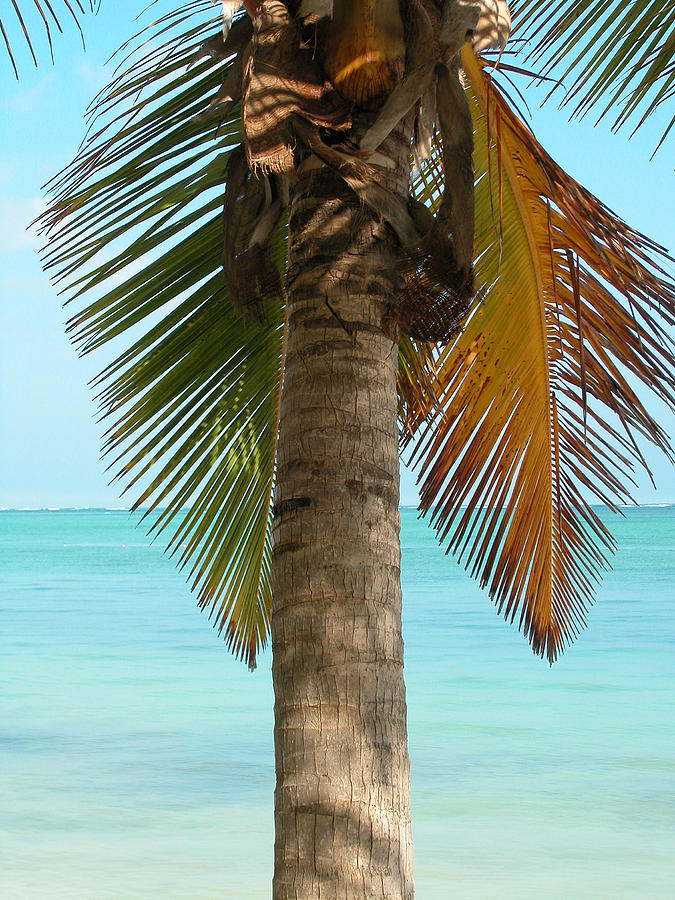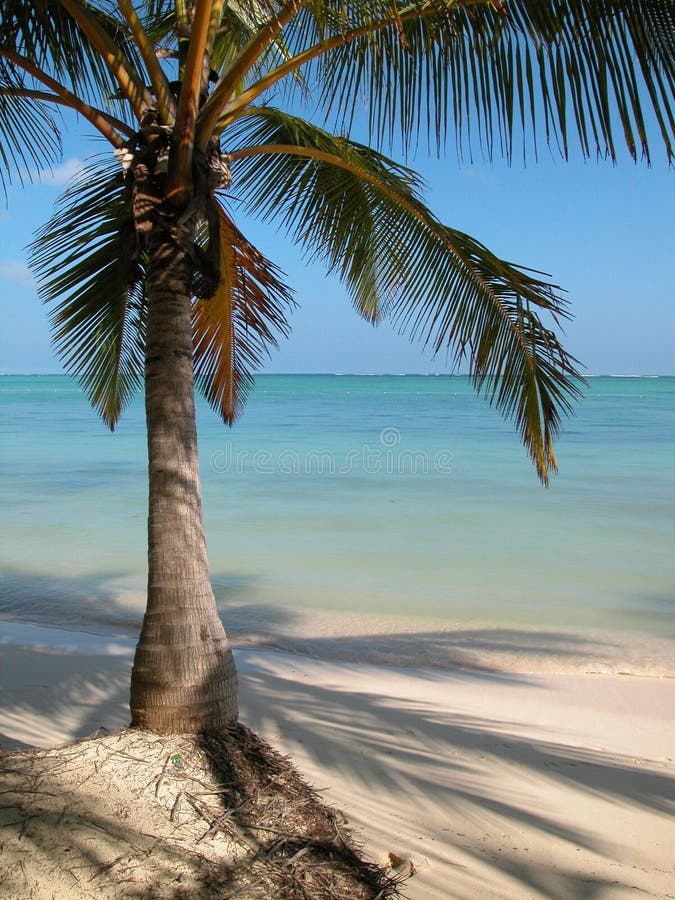
More Palm Trees in Punta Cana...really beautiful... Punta Cana, Palm
Palm tree is a common name of perennial lianas, shrubs, and trees. They are the only members of the family Arecaceae, which is the only family in the order Arecales. They grow in hot climates. There are about 2600 species of palm trees, most of them living in tropical, subtropical, and warm temperate climates .

Tropical Paradise Idyllic Caribbean Palm Trees with Sunbeam in Punta
Bismarckia nobilis is low-maintenance and easy to cultivate. This palm exhibits cold hardiness, enduring temperatures as low as 25°F (-4°C), making it a suitable choice for USDA zones 9b-11. 2. Blue Hesper Palm Tree (Brahea armata) Blue Hesper Palm Tree (Brahea armata).

Palm Trees of Canada SkyscraperPage Forum
While this palm grows best in warmer climates, you can still get this tree to survive at 15°F or -9°C. This tree can also grow anywhere from 50-100 feet tall, though it won't reach such heights if it doesn't get hot and dry summers or experiences many cold snaps. 8. Bismarck Palm Tree.

Dominican Republic Palm Trees Logan MB Photography
Fasten the braces to the palm using burlap around the trunk. Secure the braces by nailing the braces into small pieces of wood. Avoid nailing into the palms directly. Insert a 2×4 stake into the ground at the bottom of each brace and leave them for a year.

Punta Cana Palm Tree Photograph by Rob Huntley Fine Art America
2. Ease the tree into position, making sure the top of the root ball is slightly lower than the level of the adjacent ground. Typically, the top of the tree's root ball should remain only 1 or 2 inches (2.5 or 5.1 cm) below the ground when the tree is seated and the hole is filled all around (backfilled). 3.
/https://tf-cmsv2-photocontest-smithsonianmag-prod-approved.s3.amazonaws.com/6292bd1d-abbc-48ec-b463-73d306e8d4e9.jpg)
Palm Trees in Paradise! Punta Cana, Dominican Republinc Smithsonian
Palm trees can produce oil, lumber, woven materials, multiple food sources, drinks, insulation, and so much more. In many regions, palm trees are a vital resource used in everyday life, often for a plethora of these purposes. Along with being extremely useful, they are a beautiful sight. Before we dive deeper into the properties of a palm tree.

Punta Cana Palm Tree Photograph by Rob Huntley Pixels
When the Canary Island palm trees were introduced to the USA, nobody expected them to be so popular. From the avenues of downtown Los Angeles, California to the sprawling gardens of the Everglades, Florida, the Canary palm tree brings grace and elegance to every corner and entryway. If you have enough space in your garden or lawn to accommodate a tree of its stature, then the Canary island.

indoor palm trees, indoor plants, palm tree indoor plants, indoor palm
The Spruce / Kara Riley. The star-shaped leaves of Chinese fan palm (Livistona chinensis) set it apart from other palms with feathery fronds.Despite slow growth, its mature height can reach 15 feet or taller. Seek out the subglobosa dwarf cultivar if you plan on growing this palm indoors.. Chinese fan palms do well in bright light, but younger plants can tolerate shadier locations.

1024x768 wallpaper Hotel, Palms, Caribbean, Punta Cana, palm tree
Phoenix canariensis, the Canary Island date palm or pineapple palm, is a species of flowering plant in the palm family Arecaceae, native to the Canary Islands off the coast of Northwestern Africa. It is a relative of Phoenix dactylifera, the true date palm. It is the natural symbol of the Canary Islands, together with the canary Serinus canaria.

PlantFiles Pictures Cuban Wax Palm, Cana Palm, Blue Yarey Palm
Watering Needs: When the top 1/2 - 1 inch of soil is dry. Sun Exposure: Sun to Part Shade. The Ivory Crownshaft Palm, like the Ivory Cane Palm, has a yellow to the white crown with green leaves that grow up to 30′ tall. Unlike the Ivory Cane, it has a single trunk instead of a cluster of stems.

Punta Cana Palm Tree stock image. Image of caribbean, palm 3954003
Feed your palm regularly during its growing season. If possible, choose a palm fertilizer, which contains all the required micronutrients for a healthy palm, as well as extra potassium and manganese. Potassium deficiency is especially common in palms and can result in yellowing or brownish fronds.

Sabal palmetto Sabal Palm Zone 8 H 3040ft S 5ft Cold hardy palm
Sandy loam soil is usually the best option for palms. If your soil drains well, use a mulch to retain moisture and keep out weeds. As the mulch breaks down, it will enrich the soil around the palm. Apply a 2- to 4-inch-deep layer, with it thinner near the trunk and thicker over the root zone.

Can A Palm Tree Live Indoors Gallery
Kentia Palm ( Howea forsteriana) Kentia palm is a slow growing ornamental tree that is popular in California. The Kentia palm is a slow-growing non-native palm tree that commonly grows in California. The elegant and stately palm tree has arching, feather-like, deep green leaves measuring 12 ft. (3.7 m) long.

Palm Trees in Punta Cana YouTube
The areca palm tree is identified by its arching green fronds and smooth green stems. The areca palm plant is a clumping palm that grows well outdoors in clay pots surrounded by summer flowers. In a pot, areca palm trees grow up to 21 ft. (6.5 m) tall; however, the pot size will limit the palm's height.

Fan Palm Tree Punta Cana Palm trees, Fan palm, Punta cana
Hardy down to 20 degrees Fahrenheit, the Mexican fan palm is a popular indoor and outdoor tree. It has a single trunk topped with arching, fan-shaped leaves that grow up to 5 feet long. Unless you trim this palm tree regularly, the dead leaves will form a characteristic "hula skirt" around the trunk.

PlantFiles Pictures Cuban Wax Palm, Cana Palm, Blue Yarey Palm
Also known as the Cascade Palm, Chamaedorea cataractarum grows in soft, dense clumps. Lush, hardy, and tolerant of a wide range of light conditions, it's considered one of the easiest palms to grow indoors. Light: bright, indirect light to shade. Water: Keep soil consistently moist but not soggy.